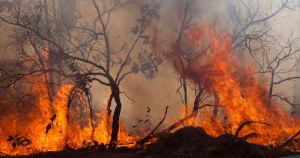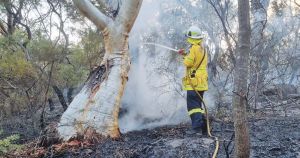By Lachlan Turner
Commonly named “Dwarf Apple” because of the tree’s relatively small size when compared with other larger varieties in the Angophora genus. Usually not much larger than 5m high and around 3m wide in the Hills Region, this tree characteristically assumes a somewhat gnarled and twisted growth habit with rough bark.
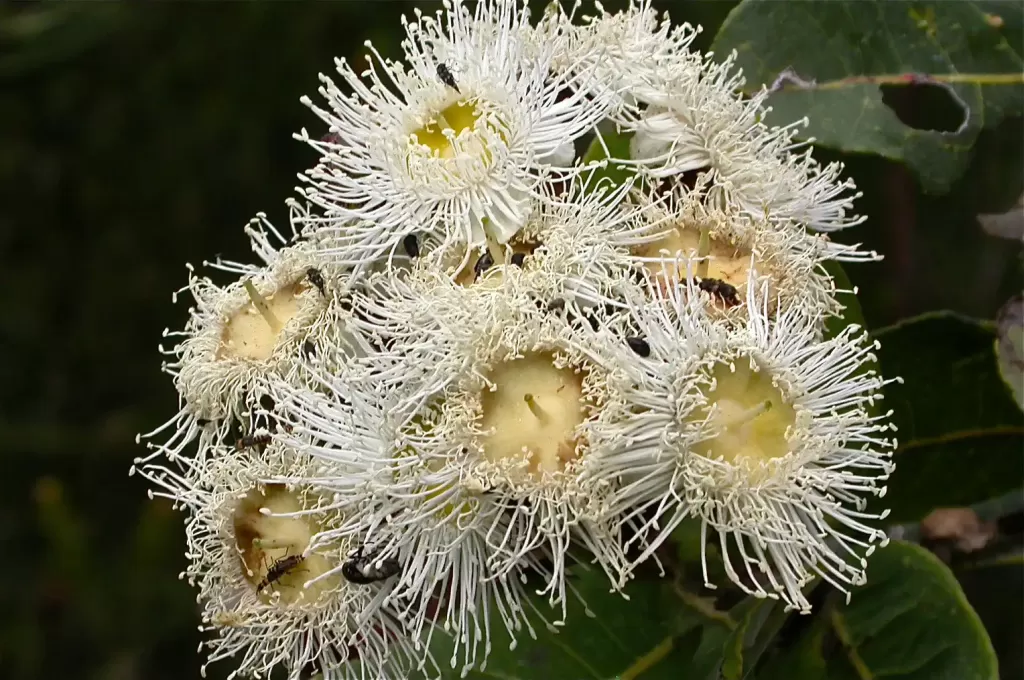
During late spring and into summer there are large clusters of dense, soft, fluffy flowers, generally towards the top section of the tree. These flowers attract a large range of colourful, nectar feeding insects, beetles, butterflies and birds.
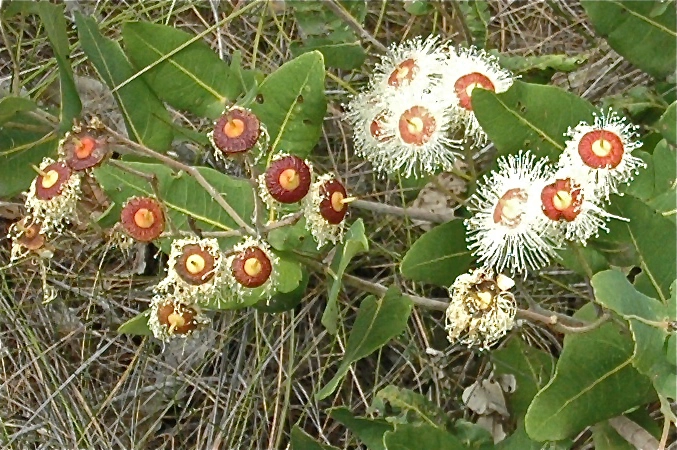
A single flower forms inside a large capsule which opens out allowing its contents to spread across adjacent flowers thus forming this dense cluster of blooms. As the flowers mature the large coloured fruit becomes visible, which in time will open up to permit the seed to exit the now brown seed pod. New growth on this plant is recognised by its reddish coloured hairy appearance.
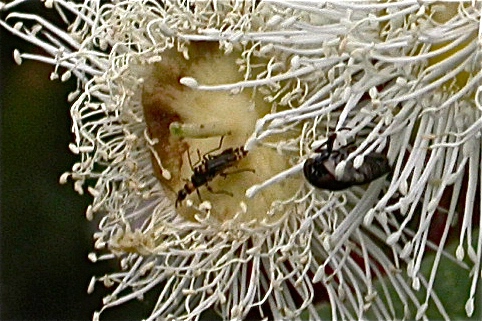
Generally restricted to the Greater Sydney Region this plant is not uncommon around the Hills District on Hawkesbury sandstone. As with most bushland plants, the quality of its growing conditions influence how it responds to its habitat, but it is known to be able to tolerate many soil types.
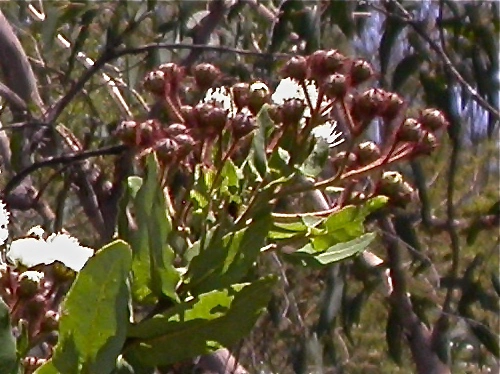
One of this plant’s unusual features is that it is associated with the mallees of Western Victoria, in that it forms a lignotuber that can produce a number of stems or trunks in normal growth conditions. In cultivated conditions, flowering can be extended to a longer period throughout the year.

